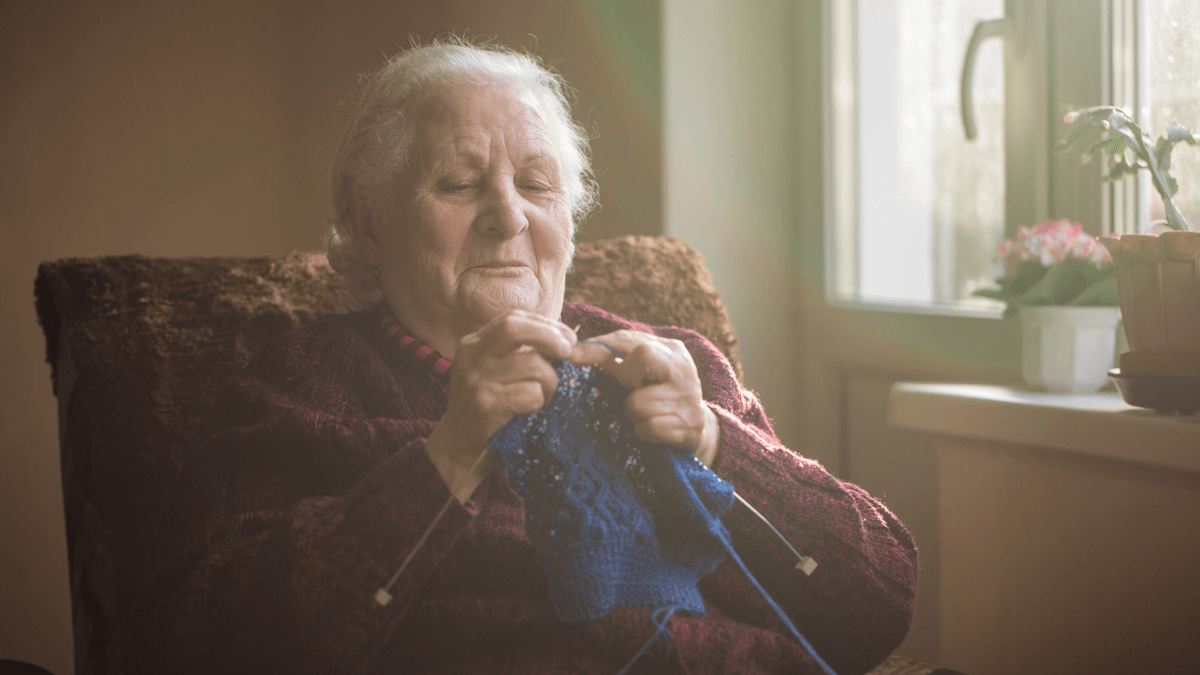In this guide
- The appeal of ‘granny flat arrangements’
- Types of granny flat arrangements
- How informal agreements can turn sour
- Tax changes encourage formal agreements
- What are the Age Pension rules around granny flats?
- How does Centrelink treat granny flat arrangements?
- How does Centrelink value your interest?
- What is the ‘reasonableness’ test?
- What are the Aged Care implications?
- How the five-year rule works
- Formal agreements
- The bottom line
Mum can come and live with us. It’s what families do when someone needs help. What could go wrong?
Plenty as it turns out. To mitigate disaster, it’s worth considering a formal agreement which lays everyone’s expectations on the table.
The appeal of ‘granny flat arrangements’
The current housing crisis with unaffordable property prices and exorbitant rents is forcing many families to rethink their living arrangements.
For some people, ‘granny flats’ could be the combined answer for keeping mum or dad living independently in their own home for longer while providing suitable and affordable housing for the younger generation.
Family care can be an efficient way to pool financial resources as well as provide support and companionship and possibly an alternative to residential aged care.
Whether it involves everyone living under the same roof or purpose-built accomodation in the backyard, these family care scenarios are commonly referred to as ‘granny flat arrangements’.

Leave a Reply
You must be logged in to post a comment.